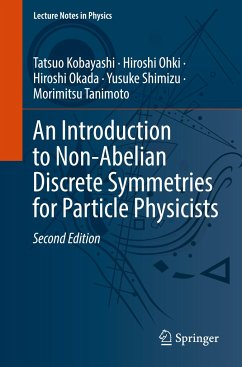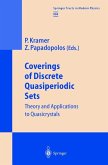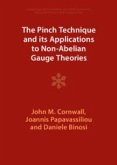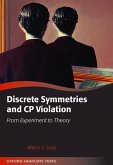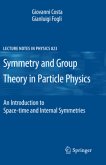This lecture note provides a tutorial review of non-Abelian discrete groups and presents applications to particle physics where discrete symmetries constitute an important principle for model building. While Abelian discrete symmetries are often imposed in order to control couplings for particle physics-particularly model building beyond the standard model-non-Abelian discrete symmetries have been applied particularly to understand the three-generation flavor structure. The non-Abelian discrete symmetries are indeed considered to be the most attractive choice for a flavor sector: Model builders have tried to derive experimental values of quark and lepton masses, mixing angles and CP phases on the assumption of non-Abelian discrete flavor symmetries of quarks and leptons, yet lepton mixing has already been intensively discussed in this context as well. Possible origins of the non-Abelian discrete symmetry for flavors are another topic of interest, as they can arise from an underlyingtheory, e.g., the string theory or compactification via orbifolding as geometrical symmetries such as modular symmetries, thereby providing a possible bridge between the underlying theory and corresponding low-energy sector of particle physics.
The book offers explicit introduction to the group theoretical aspects of many concrete groups, and readers learn how to derive conjugacy classes, characters, representations, tensor products, and automorphisms for these groups (with a finite number) when algebraic relations are given, thereby enabling readers to apply this to other groups of interest. Further, CP symmetry and modular symmetry are also presented.
The book offers explicit introduction to the group theoretical aspects of many concrete groups, and readers learn how to derive conjugacy classes, characters, representations, tensor products, and automorphisms for these groups (with a finite number) when algebraic relations are given, thereby enabling readers to apply this to other groups of interest. Further, CP symmetry and modular symmetry are also presented.

